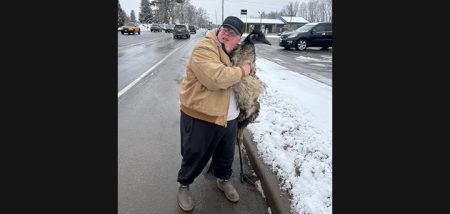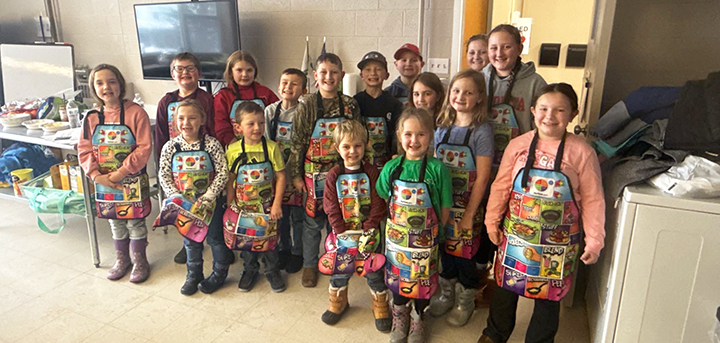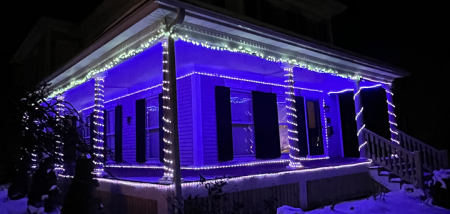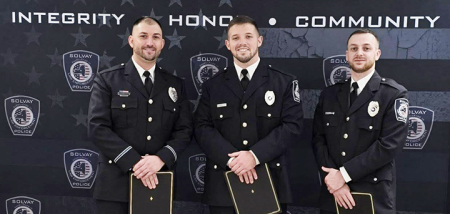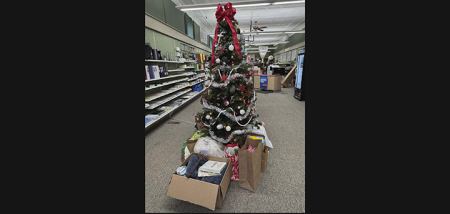Move Over, Save A Life
Published:
October 27th, 2020
By:
Jessica Benson
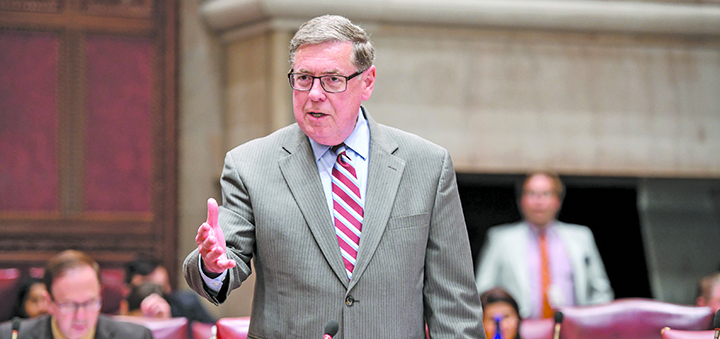
Emergency workers, police, and highway crew members put themselves in harm’s way every time they respond to a roadside accident. Often times, these hardworking individuals are attending to life-threatening situations where time is of the essence. They work in tight spaces on roadside shoulders and they are focused on doing their job. These individuals need to know they are able to work safely, without constantly looking over their shoulders and worrying about speeding motorists.
That is where New York’s Move Over Law comes into play.
I helped enact New York’s Move Over Law in 2011 to protect New Yorkers working along roadways. Since then, the law has grown to include a wide range of emergency and hazard vehicles. The Move Over Law pertains to both sides of the road - not just the shoulder on the right - and includes tow trucks, construction vehicles, highway maintenance vehicles, police vehicles, fire trucks, and ambulances. The law now applies to vehicles with flashing blue, green, red, white, or amber lights, giving law enforcement more authority to penalize violators who jeopardize the safety of those working along highways.
Fines are doubled for speeding in a work zone. Convictions of two or more speeding violations in a work zone could result in the suspension of an individual's driver license.
Beginning in July, State Police started working with NYSDOT on a joint initiative called "Operation Hardhat," which utilizes various tactics to apprehend those who endanger highway workers. State Troopers are present within work zones, often dressed as highway maintenance workers to identify motorists who disobey flagging personnel and speed through active construction and maintenance work zones.
While “Operation Hardhat” includes an enforcement component, the main objective is to educate the public about the dangers our highway workers encounter on a regular basis. The campaign is also increases awareness regarding the laws here in New York State.
National Move Over Day just passed (October 17) and while the COVID pandemic prevented large observations, I did want to recall a meaningful press conference I took part in last year highlighting the importance of staying vigilant and driving safely when encountering emergency and hazard vehicles on our highways.
Officials from the New York State Thruway Authority, New York State Department of Transportation, New York State Police, and the Governor's Traffic Safety Committee also took part in the press conference to raise awareness and urge drivers to obey this key law.
The event took place at the New York State Thruway's Herkimer Maintenance Section in Herkimer County next to Ron Deming Memorial Garden. This site is quite meaningful because almost four years ago we tragically lost Ronald Deming of Little Falls, a Thruway Maintenance employee, who was killed while assisting in the recovery of a vehicle previously involved in a traffic accident. Ron was doing his job – helping others. Sadly, he became the victim.
Sally Deming, Ron’s wife, also took part in the awareness event. I have immense respect and admiration for Sally who has been an outspoken advocate for the Move Over Law. Sally is spreading an important safety message and keeping Ron’s memory alive by telling his story.
You can read more about New York State’s Move Over Law and view a public safety announcement (PSA) featuring Sally Deming on the New York State Thruway Authority website at https://www.thruway.ny.gov/travelers/safety/moveoverlaw.html. Along with the PSA, the Thruway Authority has, in the past, staffed a special exhibit at the New York State Fair featuring equipment damaged in work zone incidents on New York highways.
We can all do our part to make sure similar tragedies are not repeated on our roadways. When you see flashing lights on the side of the highway, slow down, and when safe, move over. That simple act behind the wheel can mean the difference between life and death and ensure that a husband or wife, a father or mother, will make it home safely to his or her family.
Comments
